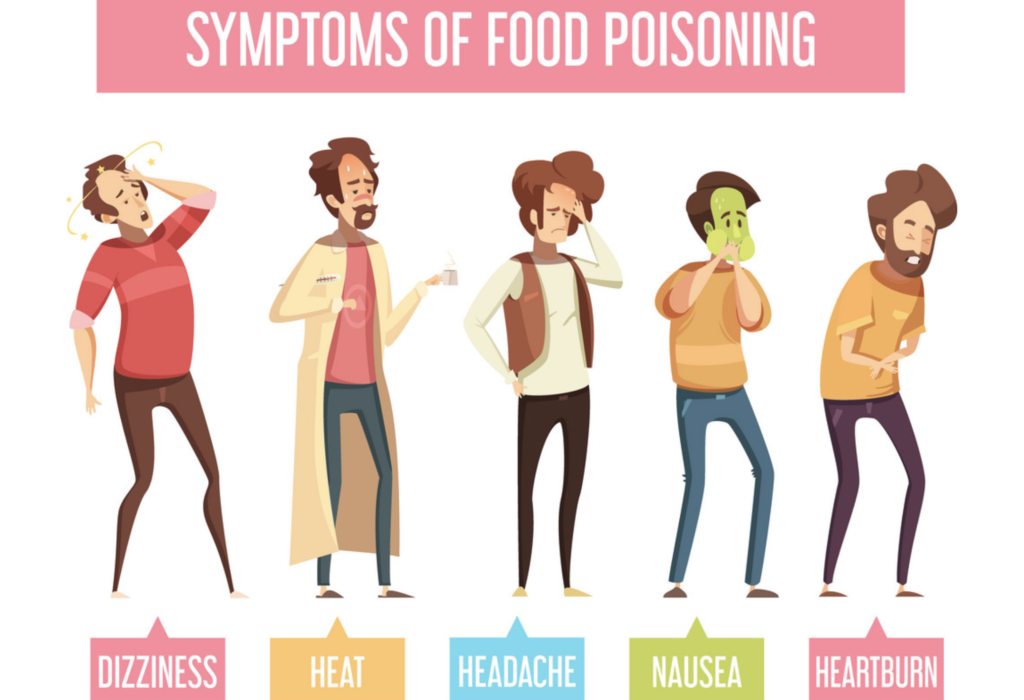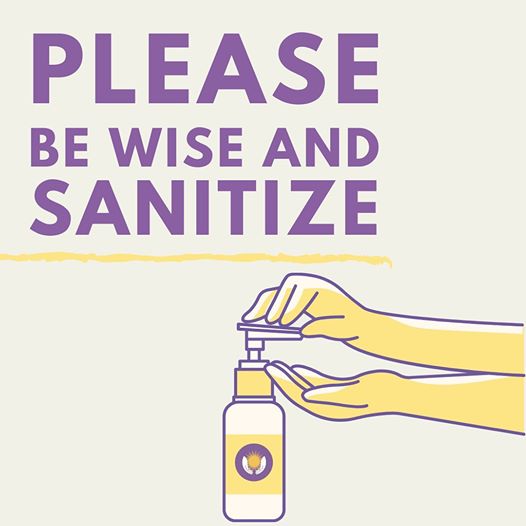4 Steps to Avoid Food Poisoning

Food poisoning has been widely misrepresented over the years. A stomachache nowadays can be considered food poisoning. But in reality, food poisoning can lead to vomiting and common trips to the bathroom for as long as is much more severe, and can be especially dangerous for seniors.
In fact, seniors are among the “high risk” groups of people most susceptible of coming down with food poisoning and ending up in the hospital due to complications. Why? Because they often have a poorly functioning immune system, take frequent medications such as steroids and antibiotics, and may be much more sensitive to bacteria and therefore have difficulty processing it along with their foods.
Food poisoning is preventable as long as you pay close attention to what and where you eat when out, and especially in your kitchen, as the way you store and handle food is extremely important. In addition to your client or loved one, it’s just as imperative that you as a caregiver take extra care of what you eat and how you prepare your meals each day.
Here are 4 steps to safe food prep!
- Clean: It’s not just waiters and waitresses or restaurant employees who are required to wash their hands religiously. You should do so as well! Never begin cooking until washing your hands with warm water and soap for twenty or more seconds before handling any type of food. Contamination ca
- Separate: Cross contamination commonly occurs when you use the same plates, cutting boards and plastic containers or tupperware for raw meat for example. Some families keep separate utensils and cutting boards to prepare meats and vegetables for example to make sure any bacteria from the uncooked meat reaches other food groups before it is cooked.
- Cook: It’s common knowledge that you shouldn’t eat pink chicken, but not everyone realizes that each type of meat needs to be a certain internal temperature to be safe for consumption. Sometimes, just looking at the meat as you cook it isn’t enough. Be sure to cook ground meat to at least 160 degrees, chicken to 165 degrees, and fish, steak and pork to 145 degrees, and read the instructions on any meat packaging to make sure you’re preparing the meat safely.
- Refrigerate: If you leave out your food after preparing it, you’d be surprised at just how fast harmful bacteria can start to grow on it. When buying perishable foods and meats, be sure to immediately store it away in the fridge or freezer. If you are handling shrimp, fruits or vegetables that may go bad when temperatures go up, serve them with a plate of ice underneath. Perishable foods should not sit out for more than 2 hours!
Source:
https://www.usda.gov/media/blog/2017/08/28/are-you-sure-it-wasnt-food-poisoning



Comments